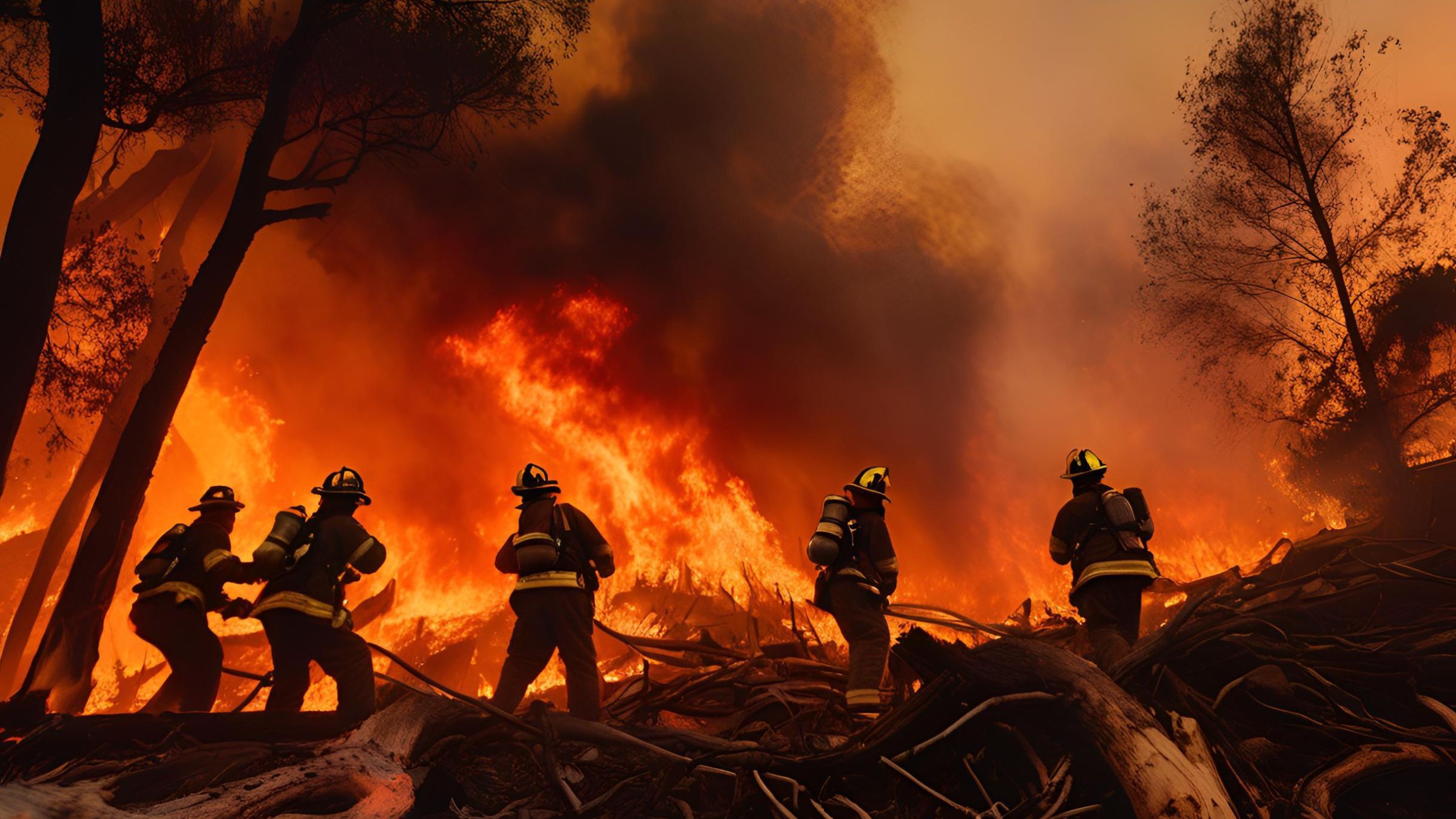“Several months ago you suggested ‘pre-inspections’ by the seller. Would you please explain why again? We thought buyers always do their own inspections.”
— Longtime Palisades Homeowners
Inspections Are Very Important
In many other areas of the country, sellers provide full inspection reports and disclosure information for prospective buyers to review before deciding to make an offer. This provides a high degree of peace of mind for both prospective buyers and sellers since it minimizes surprises during a property investigation period.
In the usual way homes have been sold in Southern California, inspections and disclosures are not done until after a sale contract is signed. During escrow there frequently are re-negotiations for various repair costs, occasional delays in a closing date, and frequent misunderstandings that result in negative feelings between buyer and seller.
- Did you know that 20-25% of escrows in our area fail to close because of buyers having problems with property investigation issues?
- Why would a buyer be willing to continue an escrow when problems are found that they feel are significant?
- How might you react if a buyer asks you to fix some of these problems when the contract clearly was an “as is” sale?
- What options do you have during escrow when issues become challenges for both you and the buyer?
Sellers can facilitate a smoother transaction by putting potential buyers at ease, reducing the number of issues that could become re-negotiation points, and preventing irritating delays. More importantly, this procedure of “pre-inspections” and full disclosures can help prevent the entire loss of an escrow.
Some owners even get supplemental inspections to further resolve questions raised by their building inspector about the roof, chimney, and/or sewer line. Also, since concerns about mold have become a challenge for escrows, mold inspectors can report whether spots contain toxic mold and how extensive remediation might be.
If you and the buyer are able to resolve who will be paying for which of the problems that have been discovered, there still may be some delays to the escrow. What might the consequences be to you if your escrow closes several days later than scheduled?
Of course, the buyers may choose to have their own property inspection or have an inspector visit the property to verify the seller did repair items noted in the original report. In any case, at least a significant amount of potential problems will have been prevented by a “pre-inspection”. The cost is generally $350-700 and can save thousands of dollars later.
The “cost” may well be considered a good investment, rather than an expense. This method of selling can result in less stress, with both parties having more peace of mind in better knowledge. Moreover, this process gives the seller greater assurance of a more predictable and successful escrow.
Another potential problem area for the seller has to do with pest control issues. If a pest inspection is not done until an escrow has begun, sellers may be upset to learn that their sale contract requires tearing out a shower to fix a leaking shower pan. How would you feel if told that your large deck needs to be replaced due to extensive dry-rot or serious termite damage? If fumigation is required to give a clearance report, would you be prepared to move out for 3 days before escrow closes?
Other sources of surprises and re-negotiations in an escrow are property disclosures. The purchase contract requires the seller to provide the buyer with numerous such items, and generally, these are provided after escrow starts. However, the buyer may cancel the escrow based on some of this information.
The Following Are Some of the Reports and Disclosures Which Are Required:
- 3-page seller’s transfer disclosure statement
- 3-page seller property questionnaire, earthquake hazards report and environmental hazards booklet
- the natural hazards disclosure statement and 8 required public reports that include information about seismic hazards
- high-risk fire zones
- proximity to liquefaction zones
- and so forth…
If all of these items are given to a prospective buyer before a final contract is signed, it may further minimize potential issues.
Those are the reasons I strongly suggest “pre-inspections” and disclosures, and I think my low escrow fall-out ratio of 5% is largely due to this approach.
By the way, be sure to discuss all of these concepts with prospective agents before you hire one to take on this responsibility. And, have them explain how you can most likely avoid having to do any pest control work at all!




